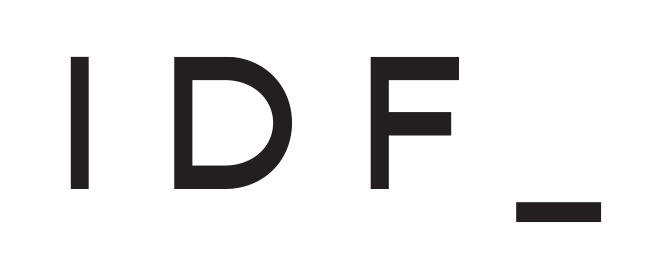
15 Sep How Designers Can Work for a More Diverse Workforce Post COVID-19
If the Covid-19 pandemic has achieved anything, it has made us more aware of the dangers inherent in our environments. We observe personal hygiene more vigilantly and take notice of every surface we put our hands on. We are more careful about the people we spend time with. Now that a vaccine seems a long way off, we have no choice but to keep up this vigilance for the foreseeable future. The demands of social distancing have forced companies to change their way of doing business. Companies are changing their office layout, redesigning staff schedules, cleaning and sanitizing offices more thoroughly and frequently, screening staff for the Coronavirus, and redesigning their office environments to minimize touch.
It would be unfortunate for the Covid-19 crisis to take us back to the outdated closed offices of the 1980 workplace. Instead, this crisis should be an opportunity to pause and take time to understand why people behave the way they do. We will then be in a position to make well-informed decisions – backed by evidence – that will result in an even better workplace during this time of Covid-19 and beyond. Sooner or later, companies will be summoning employees back to the office. This return to the office will be successful only if employees feel safe. It doesn’t matter whether they return to the office in 2020 or 2021. Employees will need to have the ability to make choices about the way they work and to exercise more autonomy over their workspace experience. This autonomy will make them less anxious.
A recent HOK report titled Designing a Neurodiverse Workplace fully backs the need for office workers to have more autonomy over the way they work if they are to maintain their mental health. This will also enable companies to accommodate a more neuro-diverse workforce. Neuro-divergent individuals make up a sizeable minority – 15-20% of the population, according to the report. These are people who have at least one of a number of neurological conditions – including the autism spectrum disorder, dyslexia, and attention deficit hyperactivity disorder. Far from being charity cases, these are individuals who bring with them higher-than-normal intelligence as well as a range of unique capabilities that employers stand to benefit from. But they may not always have the capacity to fit into existing office culture and norms.
Fostering greater inclusivity in workplace environments would create new companies that accommodate the needs of both neurotypical and neuro-divergent employees. These companies will be in a position to benefit from the unique capabilities of a more diverse workforce. The workings of the brain have a profound effect on the sensory intelligence of every individual, in more ways than we understand. Neurotypical and neuro-divergent employees experience varying levels of tolerance to stimuli. In the post-COVID-19 era, these differences may be heightened.
Some employees are Hypersensitive, meaning that they process stimuli more deeply and have a heightened sensitivity to sounds, new scents, crowds, bright lights, changes in temperature, or textures. Hypersensitive individuals are better off working in more controlled environments where things are more predictable and muted. Other employees are Hyposensitive, this means that they have a harder time hearing, seeing, or feeling their environment. They would rather be overstimulated in order to process sensory information more effectively. The best workplaces are adaptable to the needs of both hypersensitive and hyposensitive employees.
As for creating more Inclusive spaces, designers need to deploy shape and form, contrast, color, scale and proportion, flow, and texture to stimulate the senses in ways that are manageable to all. An inclusive workspace will include spaces for group work as well as rooms for solitary work with minimal stimulation, visual displays, provide flexible writing to create environments for everyone. Instead of working spaces that all feel the same, the new workplace will include six types of spaces, each designed to meet a specific need.
All six types of workspaces will integrate seamlessly, allowing employees to choose the optimal working environment for the moment. Flexibility will enable companies to adapt to and improve by adopting new technologies and bridge remote work with in-office workers.


